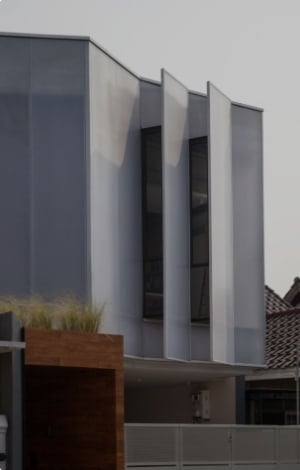Defining Sustainability in Practice: A clear definition for better specifications —by Scott Brooks




Original Article: Scott Brook's Linkedin
Sustainability is often reduced to energy efficiency. For design teams and specifiers, that narrow view leads to incomplete briefs, suboptimal material choices, and missed performance targets. This article clarifies a practical, comprehensive definition teams can apply across project phases.
In architecture and design, sustainability is often taken to mean green buildings and energy efficiency. The scope of sustainability, as embedded in the AIA Framework for Design Excellence (the “AIA Framework”), stretches far beyond this. It’s about creating enduring value through ecological balance, economic stability, and social equity. It's about communities flourishing today without borrowing from tomorrow's well-being.
"Sustainability means different things to different people."
Before I delve into the AIA Framework and its ten principles, let me clarify how we define “Sustainability” at AIA Hong Kong.
Defining "Sustainability"
Sustainability, in its broadest sense, is about maintaining and replenishing resources so that future generations can enjoy the same or a better quality of life as the current ones. The concept encompasses a multifaceted approach that seeks balance among ecological, economic, and social factors to ensure long-term viability and health of both the environment and human populations.
Key Aspects of Sustainability
- Environmental Conservation: At its core, sustainability involves preserving natural resources and minimizing environmental impact. This entails the wise use of energy, water, and other materials, reducing pollution and waste, and protecting ecosystems to maintain biodiversity.
- Economic Viability: Sustainable practices must also be economically feasible. This doesn’t merely mean profit generation, but also encompasses creating economic opportunities that are equitable in the long-term. A sustainable economic model supports both current and future generations without leading to environmental degradation.
- Social Equity: Sustainability strongly emphasizes social well-being that includes accessible health care, education, a fair judicial system, and equity in opportunities and resources across different demographics and communities. Ensuring a decent quality of life for all forms a fundamental pillar of sustainable development.
- Technological Innovation: Sustainability often drives and is driven by innovative technologies that provide new ways of meeting our needs with less harm to the environment. From renewable energy technologies to sustainable agriculture and construction techniques, innovation expands the tools available to meet sustainability goals.
- Cultural Sensitivity and Inclusion: Understanding and highlighting cultural differences and practices is vital. Sustainability efforts must respect cultural traditions and engage communities in a manner that is respectful and inclusive.
- Long-term Thinking: Unlike short-term solutions, sustainability requires a forward-looking approach that contemplates and plans for the future impact of today's decisions. It is about thinking in the long term, often considering impacts seven generations into the future, as noted in some indigenous wisdom traditions.
As you can see, "Sustainability" is not a singular concept but a multidimensional one. It requires a cohesive and integrated perspective that calls for actions today that do not compromise the ability of future generations to meet their needs.
As you read the forthcoming articles, remember this definition. It will be our touchstone as we address the principles that balance today's needs with tomorrow's promises.
About the Author
With over 30 years of experience advising real estate developers and financial institutions in Asia on strategy formulation and competitive positioning, I leverage my deep understanding of real estate and my leadership roles within the American Institute of Architects | Hong Kong to help owners and boards of independent architecture practices thrive.




 Indonesia
Indonesia
 Australia
Australia
 New Zealand
New Zealand
 Philippines
Philippines
 Hongkong
Hongkong
 Malaysia
Malaysia







